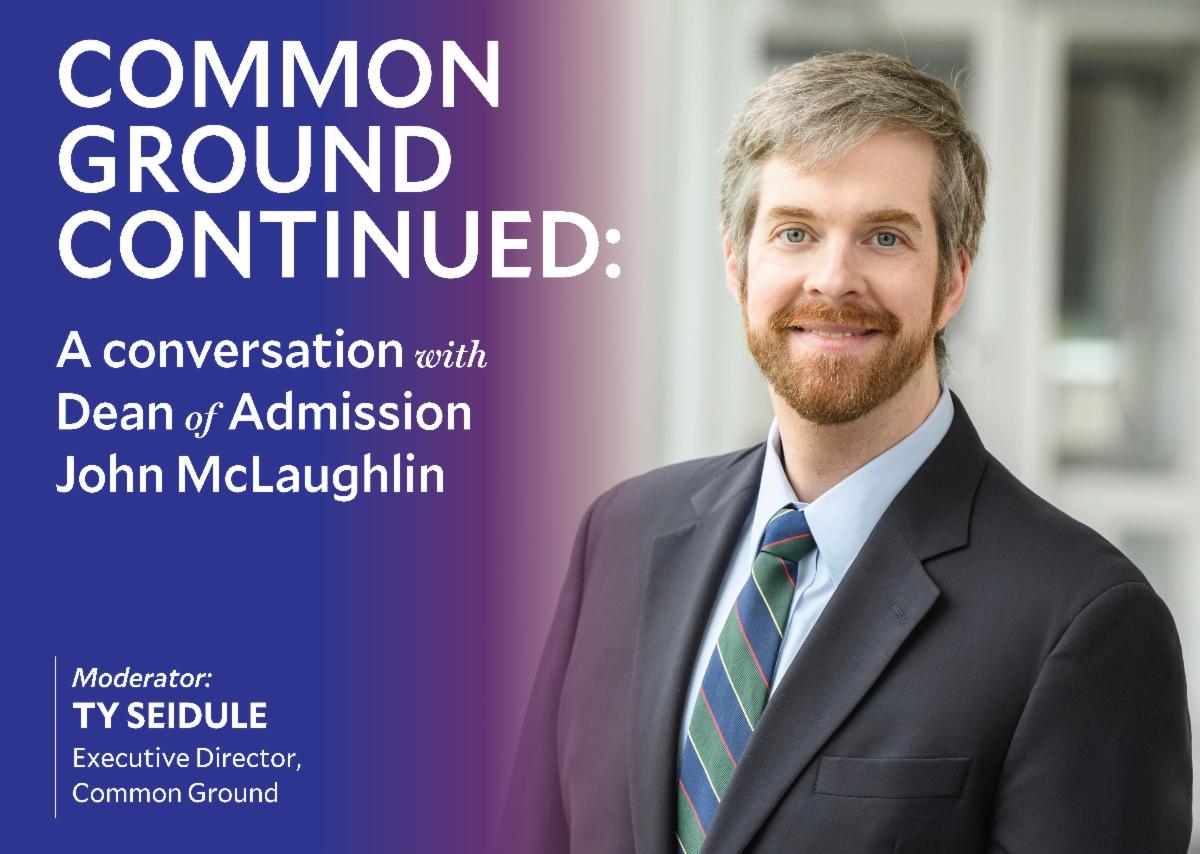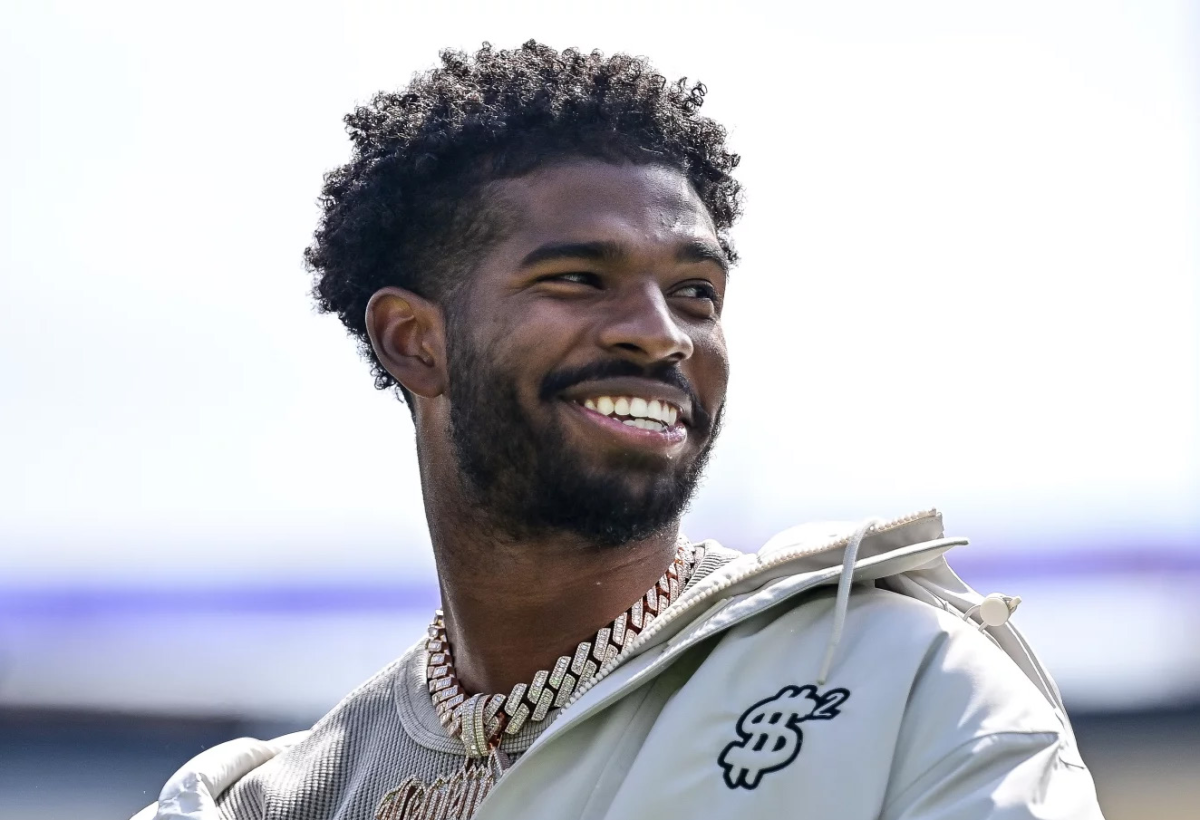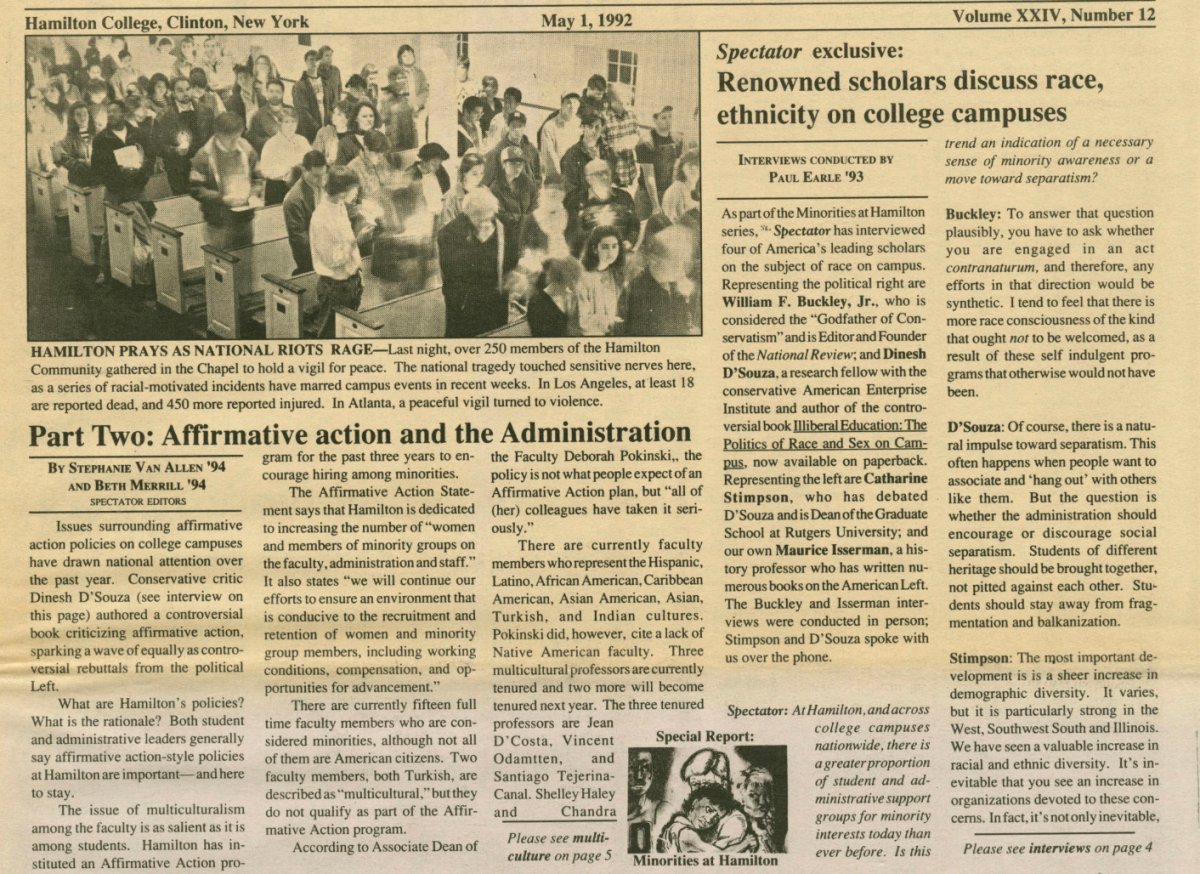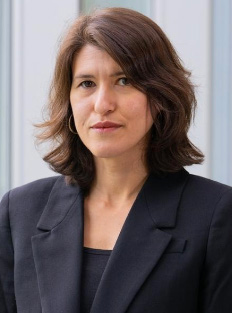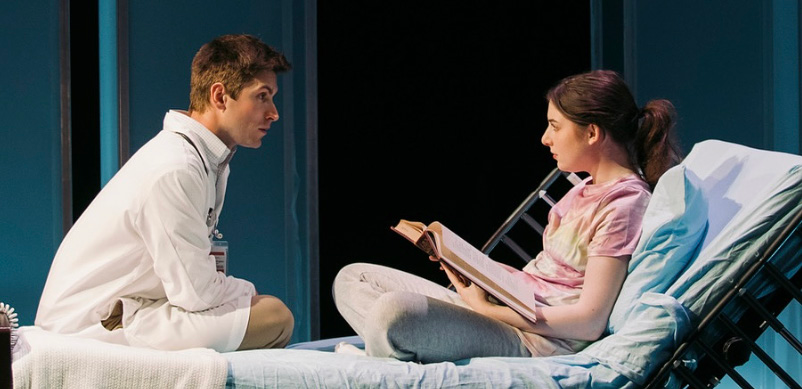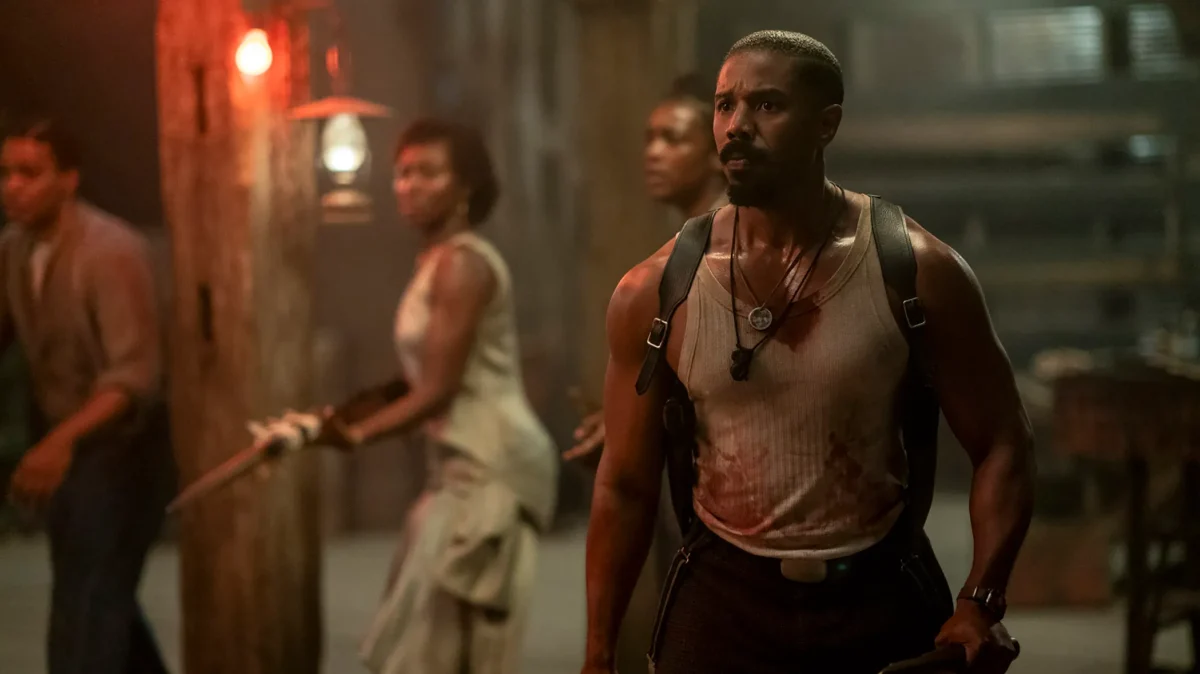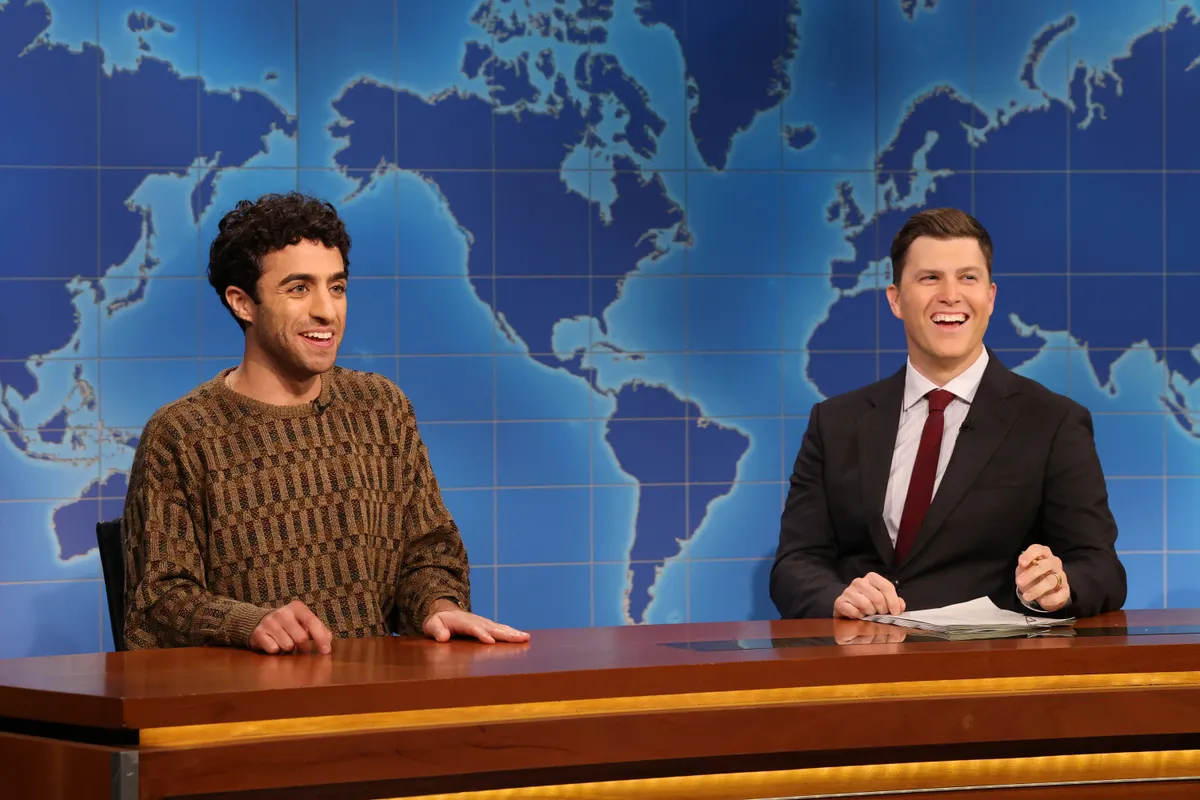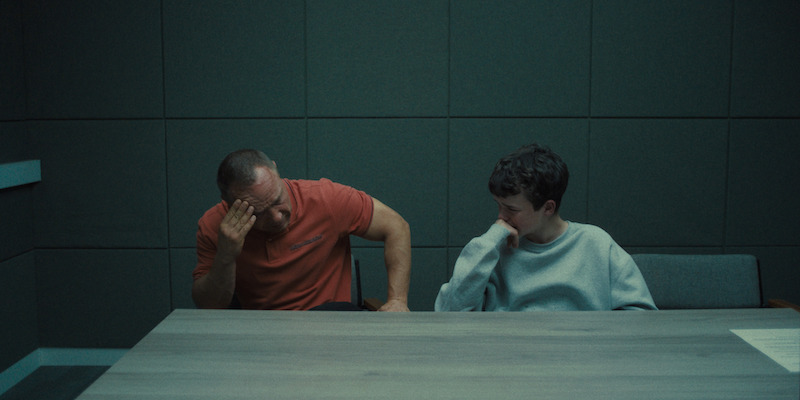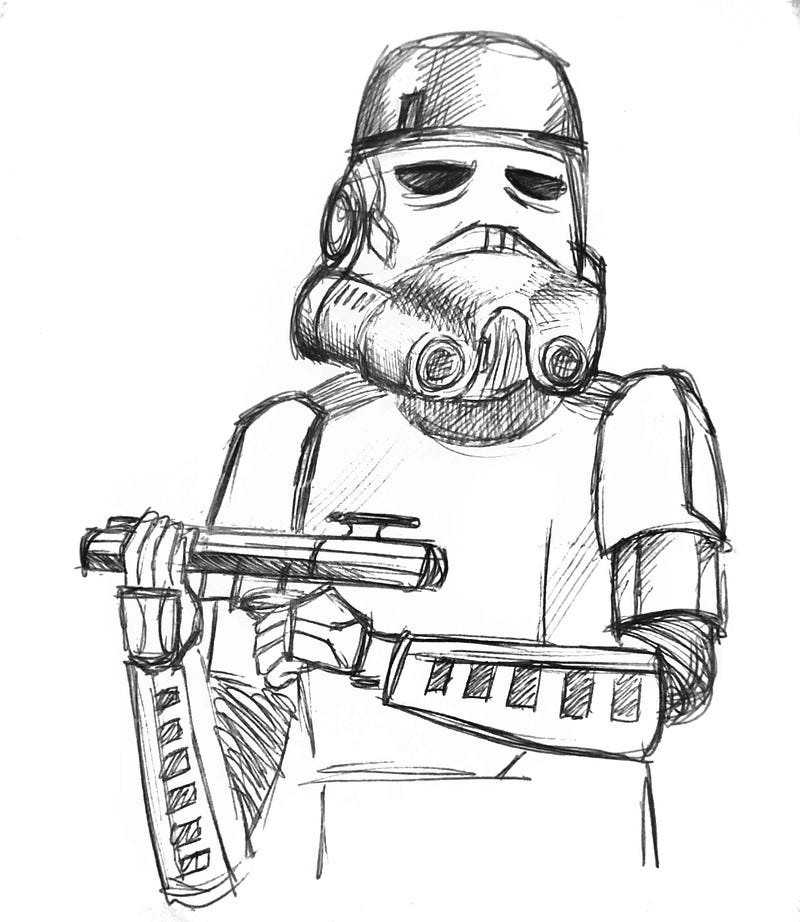
Even though
Star Wars: The Last Jedi
was one of the most successful blockbusters of 2017, there was no shortage of backlash from fans angry at the direction of the new film. Many reviewers took issue with the “political agenda” behind its creation.
At the core of this criticism is a deeply rooted discomfort with the idea of women taking authority in a narrative that has long been geared towards men.
Not only does
The Last Jedi
question its own legacy, but it takes on a serious responsibility as a blockbuster with deep social and cultural influence. The
Star Wars
franchise is now faced with a new challenge — distancing itself from the most toxic elements of the old films and exploring more progressive terrain.
In
The Last Jedi
, women are the life force of the Rebellion, even as it hangs on by a thread. The future of the Jedi is on the shoulders of Rey, a woman who has finally claimed her place as the hero of this story, despite the claims of the villain Kylo Ren that she is “nothing.” Leia has taken on a new role as a revered general, and her second-in-command Holdo is charged with the task of saving the last members of the Resistance.
There is a refreshing lack of sexualization for its female characters. Not once are any of the women shown in a sexualized manner or a state of undress. No more lingering shots of Leia’s bikini or Padmé’s midriff-baring outfits as in previous installments in the series.
Not only are women portrayed realistically on screen, but the lm directly opposes the culture of toxic masculinity that dominated the old franchise. In the original films, Han was depicted as a dashing, heroic character who saved the day with his impulsivity and surefire confidence. He never failed to weasel his way out of difficult situations with his roguish charm.
The Star Wars universe created a willful delusion where Han’s brand of arrogant, impulsive masculinity was propped up by a narrative that allowed him to get away with every decision he made, often without realistic consequences.
The Last Jedi
refuses to play this game.
Poe’s rogue dreams of heroism, including his plan to send Rose and Finn to in filtrate the First Order, ends in devastating failure. His rash decisions end up getting most of the Resistance killed. His arrogance and utter contempt for female authority lead him to become the biggest liability in the lm.
Yet Poe is not the only male character whose flaws are deeply tied to masculinity and emotional incompetence.
Kylo Ren is a textbook representation of toxic masculinity. He might be a character whose childish antics and temper tantrums are easy to mock, but there is something deeply unsettling at the core of his character, something that many women can relate to. His source of villainy lies in the fact that he reminds us of real-world men.
It all comes down to one issue: Kylo Ren feels he is owed something. His character is grounded in anger, frustration and sadness — emotion that twisted into something ugly inside of him, leading him to lash out in bursts of entitled rage.
The Last Jedi
only replicates what the previous films have done — it reflects the social and political context of its time. Today’s villain is not the terrifying, all-powerful Darth Vader. Our villain is the petty, vindictive Kylo Ren.
Star Wars
has always been a franchise steeped in male ownership and authority, and viewers deserve to see more progressive social realities play out on screen. Women are capable of being strong, wise leaders and toxic masculinity is the biggest threat that stands in their way.
Despite the backlash towards the film, this is a sign that the franchise is moving in the right direction.
Star Wars
has always been a story about resistance — fighting an authoritarian regime in the face of overwhelming odds. It has always been deeply political and closely tied to the social climate of its viewers.
Now, in 2018, our resistance has changed. And finally,
Star Wars
is changing with it.


